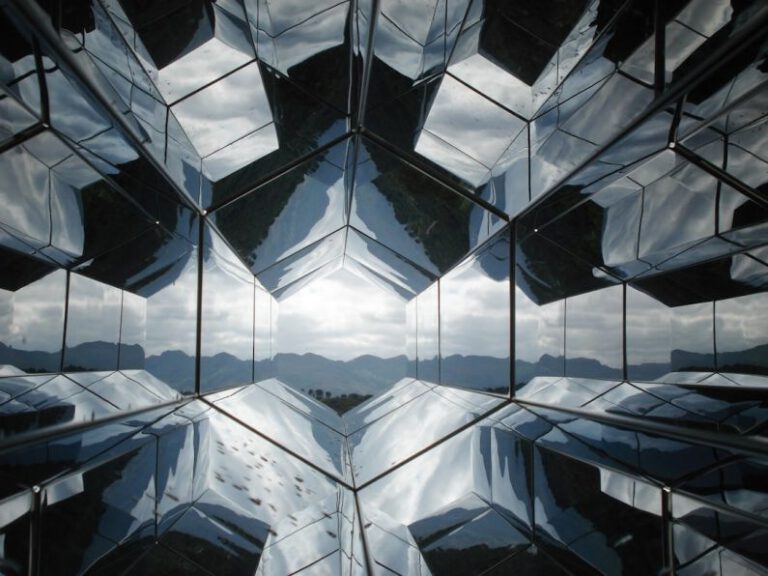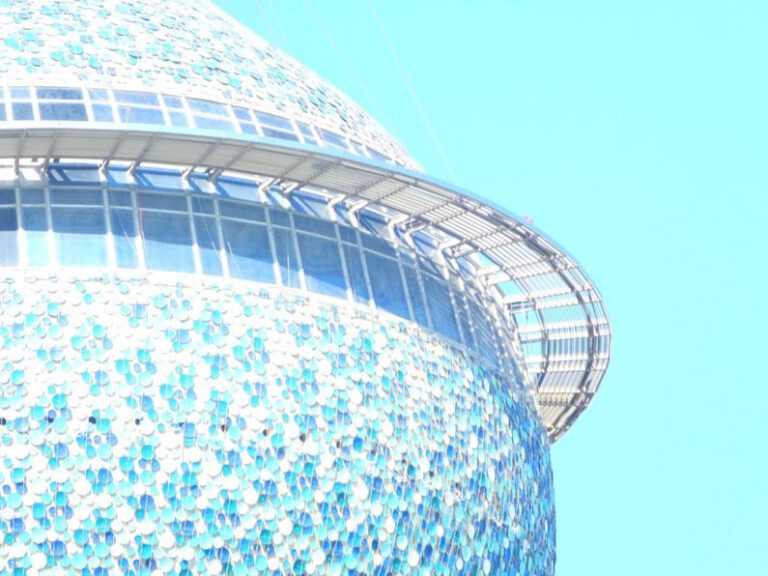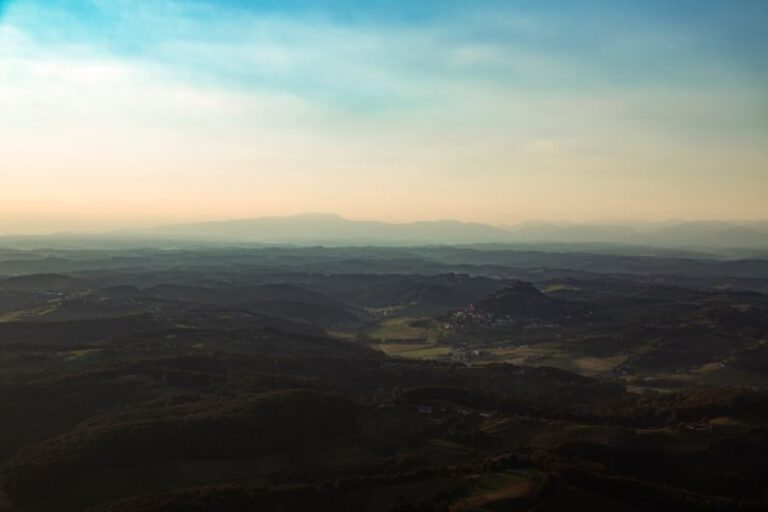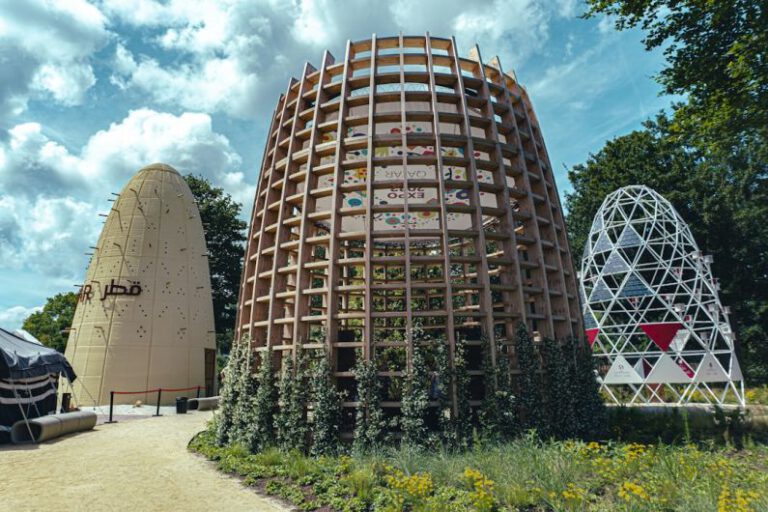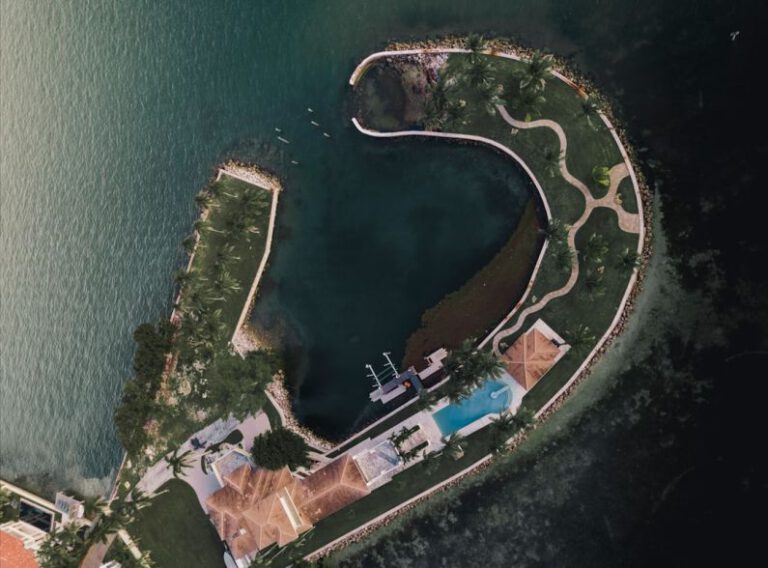Living on Mars: the Architectural Visions for Space Colonization
The future of human civilization beyond Earth has long been a subject of fascination and speculation. With advancements in technology and space exploration, the idea of establishing a human presence on Mars is no longer confined to the realms of science fiction. One of the crucial aspects of this ambitious goal is envisioning the architectural designs and structures that would support sustainable living on the Red Planet. Architects and scientists are collaborating to develop innovative concepts that address the challenges of building habitats in the harsh Martian environment.
**The Martian Landscape: A Unique Canvas for Architecture**
Mars presents a starkly different environment compared to Earth, with its thin atmosphere, extreme temperatures, and high levels of radiation. Designing habitats that can withstand these harsh conditions while providing a safe and comfortable living space for humans is a complex task. Architects are inspired by the unique landscape of Mars, including its rugged terrain, expansive plains, and towering cliffs. These natural features serve as a canvas for architectural creativity, with designs that blend seamlessly into the Martian environment while offering protection against its challenges.
**Innovative Approaches to Martian Architecture**
Traditional building materials such as concrete and steel, commonly used on Earth, are not readily available on Mars. Architects are exploring alternative materials that can be sourced locally, such as regolith – the loose soil and rocks covering the Martian surface. 3D printing technology is being considered as a viable method for constructing habitats using regolith as the primary building material. This approach not only reduces the need to transport heavy materials from Earth but also leverages the resources available on Mars to create sustainable living spaces.
**Modular Habitats: Adapting to Martian Conditions**
The dynamic nature of Mars, with its dust storms and temperature fluctuations, requires habitats that can adapt to changing conditions. Modular architecture offers a flexible solution to this challenge, allowing for the expansion and reconfiguration of living spaces as needed. These habitats can be assembled on-site using prefabricated modules that are transported from Earth or produced using in-situ resources. By designing modular structures, architects can create a resilient and adaptable living environment that can evolve along with the needs of the Martian colonists.
**Biophilic Design: Bringing Nature to Mars**
One of the key considerations in designing Martian habitats is the psychological well-being of the inhabitants. The isolation and confinement of living on Mars for extended periods can have a significant impact on mental health. Biophilic design, which incorporates elements of nature into built environments, is being explored as a way to enhance the connection to the natural world and promote overall well-being. Concepts such as indoor gardens, natural light sources, and green spaces help create a more inviting and sustainable living environment on Mars.
**Sustainable Living Practices: A Blueprint for Mars Colonization**
Building a self-sustaining colony on Mars requires careful planning and consideration of resource management. Architects are integrating sustainable practices into their designs to minimize waste, conserve energy, and maximize efficiency. Concepts such as water recycling systems, renewable energy sources, and closed-loop ecosystems are essential components of the architectural vision for Mars colonization. By prioritizing sustainability in their designs, architects are laying the foundation for a thriving and resilient Martian society.
**The Future of Martian Architecture: Beyond the Red Planet**
As we look ahead to the future of space colonization, the architectural visions for living on Mars serve as a testament to human ingenuity and creativity. By pushing the boundaries of design and technology, architects are shaping a new chapter in the history of humanity’s exploration of the cosmos. The lessons learned from designing habitats for Mars will not only benefit future missions to the Red Planet but also inspire innovative solutions for sustainable living on Earth and beyond.
**Embracing the Unknown: Architectural Evolution in Space**
In conclusion, the architectural visions for space colonization on Mars reflect a bold and forward-thinking approach to overcoming the challenges of building habitats in a hostile environment. By embracing the unknown and pushing the boundaries of design, architects are paving the way for a future where humans can thrive beyond the confines of Earth. As we continue to explore the possibilities of living on Mars, the evolution of architectural concepts will play a crucial role in shaping the destiny of humanity as a multiplanetary species.

